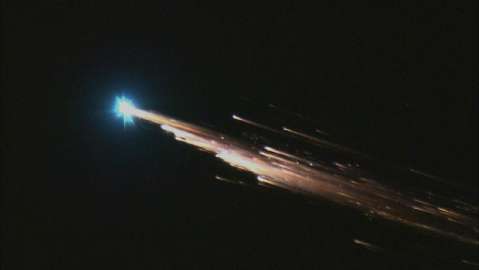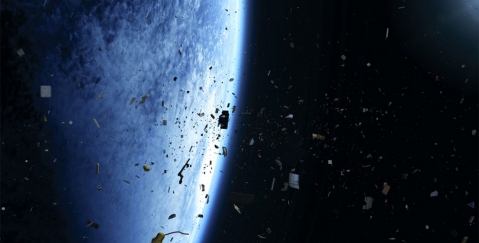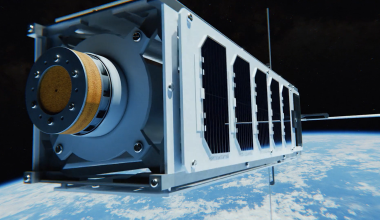CORDS addresses the issues of space debris and space traffic management by developing tools and techniques that will analyze potential collision scenarios, study reentry breakups of upper stages and spacecraft and model debris objects in space. These efforts are critical given the predicted population growth in launch efforts and LEO satellite constellations.
The CORDS Reentry Database documents objects and payloads that have reentered earth’s atmosphere since 2000. Explore the reentry database here and review our website to learn more.

Space Debris and Space Traffic Management
Decades of space travel have resulted in a large amount of space debris that can be harmful to today’s satellites. Aerospace is addressing the issue of space debris and space traffic management by developing tools for analyzing potential collisions, studying reentry breakups, and modeling debris objects in space.

Spacecraft Reentry Basics
Some believe there’s no such thing as an “unlucky person”—only bad decisions. Tell that to Lottie Williams, the only person in the world to be hit by falling space junk—through no fault of her own. Lottie had probably wondered: Why am I the only person in the world to get hit by space junk?

What Does a Reentry Look Like
The similarities between meteors and human-made reentries can be significant and often lead to confusion. Aerospace's CORDS has created a quick guide to help you determine whether you saw a meteor or the reentry of a human-made object.
Space Debris FAQ
A piece of space debris the size of a blueberry can create the impact of a falling anvil. Here's everything else you need to know about space debris.



